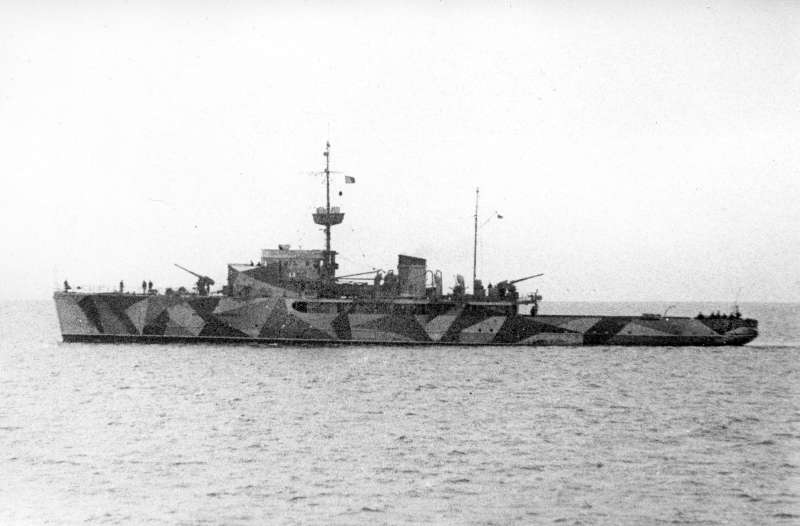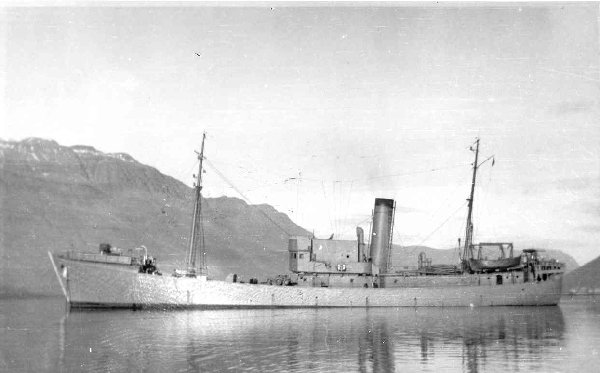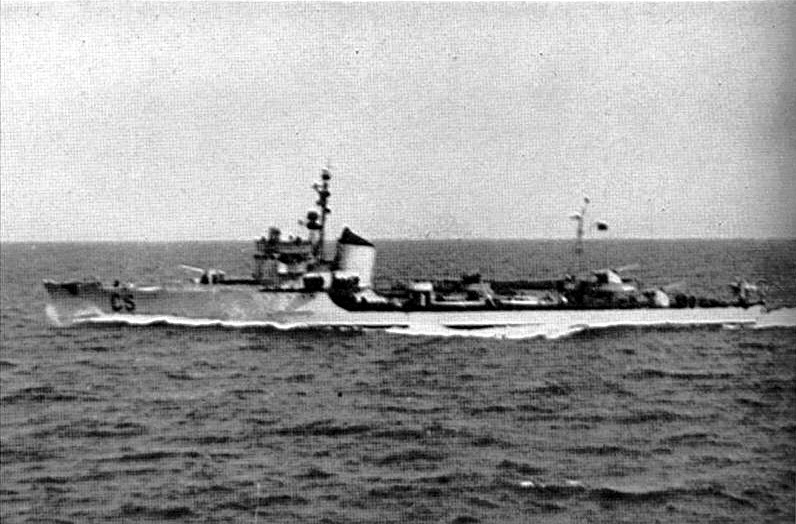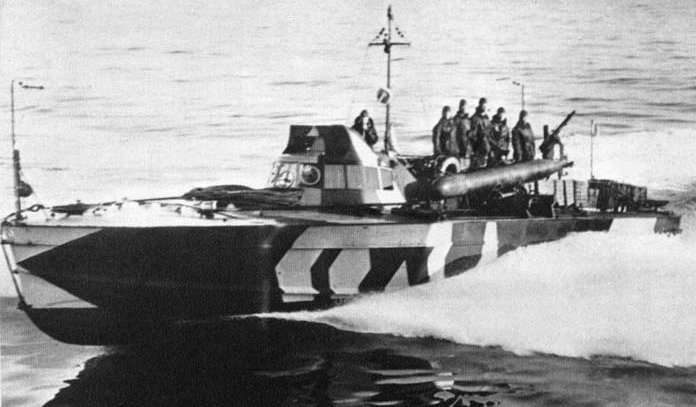Let's say we have a sparsely populated country with a long, rugged coastline similar to Norway or Alaska. Their land borders with potential rivals are sparsely populated and utterly rugged which leads the top military officials to belief in the strength of the navy. Although they have a population 1/4 the size of Norway in 1939 (but with far more mining), their military believes they can concetrate the Army and Air Force along certain points to maximise their impact while using the navy to protect their fjords. They wish to protect their neutrality against the great powers of the region and expect that should a war break out, they'll fight alongside one of those great powers.
So going into World War II, what should their navy look like? The obvious idea is torpedo boats and coastal fortresses combined, but what if they want a capacity to strike anywhere along their coast? Should they think a navy consisting solely of small craft is unacceptable, what would a larger coastal defense ship look like?
Perhaps a seaplane tender (like Yugoslav Zmaj), a similar torpedo boat tender, and a "torpedo boat leader" which I'd assume would be a small coastal defense ship? What would a ship like that look like? Such a navy should be centered on protecting their own coastal shipping but aside from coastal submarines, how much of a surface-going navy can they realistically build?
Is such a fleet too much or can such a small country be aggrandised more in terms of naval force.
So going into World War II, what should their navy look like? The obvious idea is torpedo boats and coastal fortresses combined, but what if they want a capacity to strike anywhere along their coast? Should they think a navy consisting solely of small craft is unacceptable, what would a larger coastal defense ship look like?
Perhaps a seaplane tender (like Yugoslav Zmaj), a similar torpedo boat tender, and a "torpedo boat leader" which I'd assume would be a small coastal defense ship? What would a ship like that look like? Such a navy should be centered on protecting their own coastal shipping but aside from coastal submarines, how much of a surface-going navy can they realistically build?
Is such a fleet too much or can such a small country be aggrandised more in terms of naval force.










